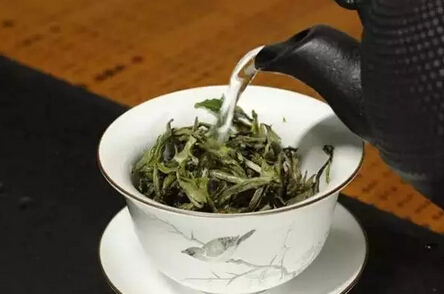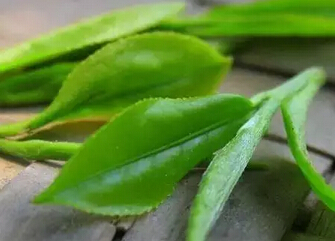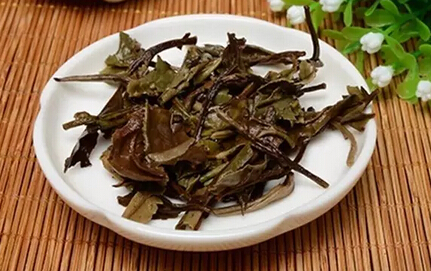Some tea lovers say white tea doesn't last many infusions, usually becoming weak after 4-5 brews. Others claim it can endure over a dozen infusions, lasting a whole day. Who's right?

A tea's endurance depends on many factors: the tea tree's age and ecosystem, leaf maturity and integrity, processing techniques (rolling and oxidation), brewing parameters (tea-to-water ratio, steeping time, water temperature), and storage duration.
Tree Age and Ecosystem
White tea comes from arbor tea trees. Ancient or large trees with robust buds and abundant compounds tend to be more enduring.
Leaf Maturity and Integrity
All-bud teas are less enduring, while those with one bud and two or three leaves last longer. Coarser leaves release compounds more slowly. For example, Shou Mei (harvested with one bud and two-three leaves) outlasts Bai Hao Yin Zhen (bud-only). Endurance correlates with leaf integrity.

Rolling and Oxidation
For other teas, intense rolling reduces endurance by breaking cell walls and speeding up compound release. White tea, however, is neither fried nor rolled, preserving cell integrity. Compounds release slowly, requiring patience—wait or simmer instead of rushing to judge.
Stem Proportion
Stems contain abundant aroma compounds. Aroma decreases from the first to the third leaf, while stems hold the highest fragrance. A balanced stem ratio in white tea boosts endurance.

Brewing Impact
1. Tea-to-water ratio: Less tea with more water shortens endurance, and vice versa.
2. Steeping speed: Slower extraction reduces endurance; faster extends it.
3. Water temperature: Higher temps lower endurance; cooler temps preserve it.
Storage Duration
Properly stored white tea develops richer compounds over time through enzymatic transformation, enhancing endurance.

Generally, broken teas are less enduring. White tea, with intact buds and leaves, releases compounds slowly from the inside out. Patience is key—sometimes the first brew seems flavorless because the essence unfolds gradually.
In short, endurance isn't judged by a single factor. Learning about tea deepens appreciation and enjoyment.